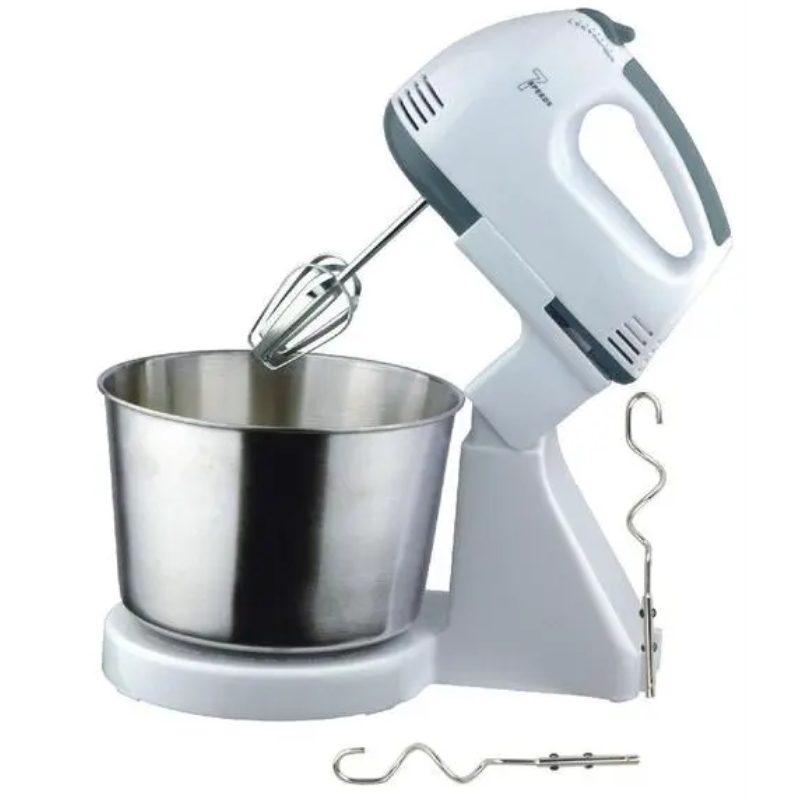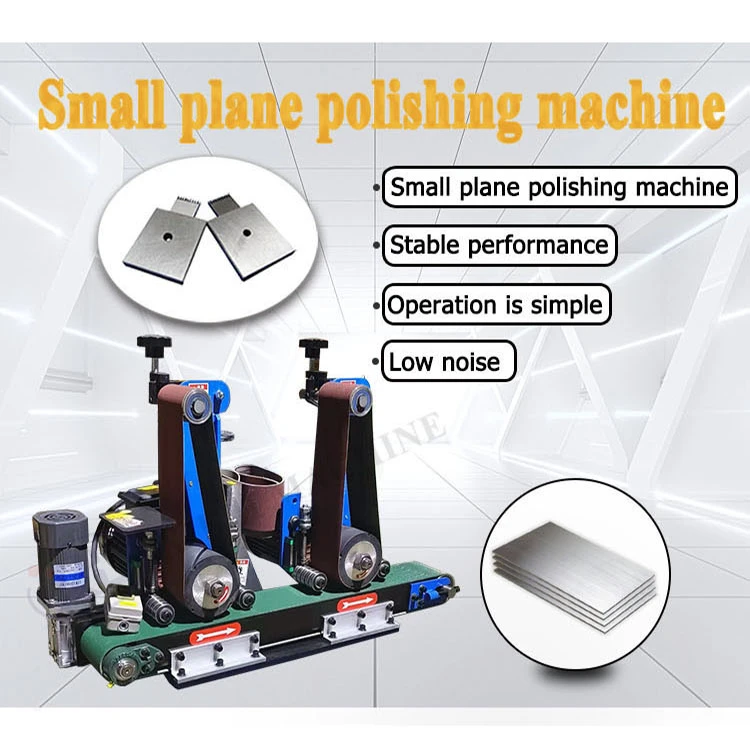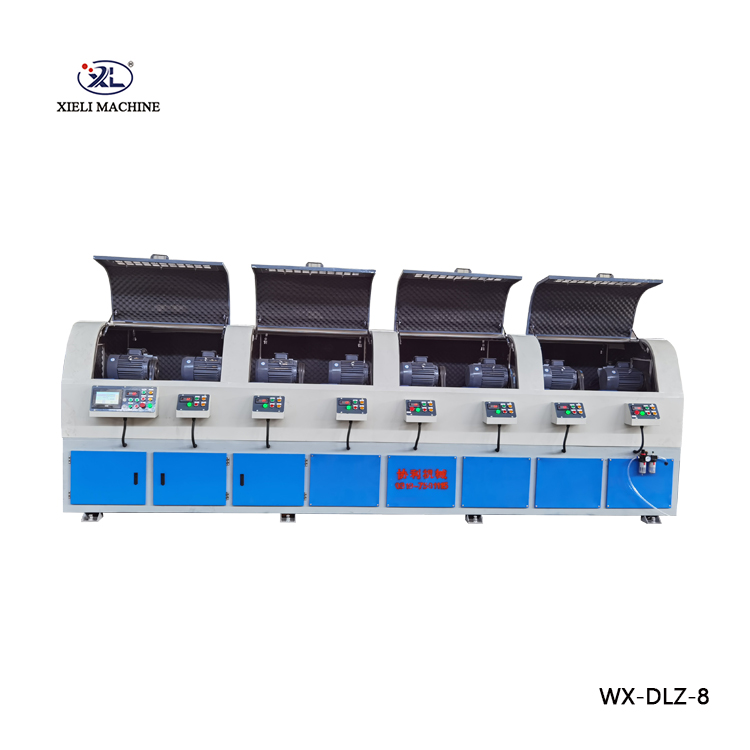Centerless Grinder Regulating Wheels Essential Service and Maintenance
In the realm of precision machining, the centerless grinder plays a pivotal role in efficiently shaping and finishing cylindrical parts. A fundamental component of this equipment is the regulating wheel, which significantly influences the grinding process. Proper maintenance and service of regulating wheels are crucial for optimal performance and durability.
Understanding the Regulating Wheel
The regulating wheel, in contrast to the grinding wheel, governs the rotation and feed of the workpiece through the grinding zone. It is typically softer, allowing it to grip the workpiece effectively while rotating at a lower speed. The design and condition of the regulating wheel can greatly impact the accuracy and surface finish of the machined part.
Importance of Regular Service
Like all components in a manufacturing environment, regulating wheels require regular service to maintain their effectiveness. The wear and tear on these wheels can lead to inconsistent grinding results, causing dimensional inaccuracies and poor surface finishes. Regularly checking and maintaining these wheels helps in sustaining the machine’s overall productivity and can prolong the life of both the wheels and the machine itself.
Signs of Wear
centerless grinder regulating wheels service

Operators should be vigilant for several signs that indicate when servicing is necessary. These signs include noticeable changes in the surface finish of the workpiece, increased vibration during operation, or unusual noise. Additionally, if the grinding process starts to require more time or if the wheel begins to produce excess heat, it may indicate that the regulating wheel is wearing down or needs realignment.
Service Protocol
The service protocol for regulating wheels typically includes inspection, cleaning, and dressing. During inspection, look for signs of wear such as uneven surfaces, chips, or cracking. A thorough cleaning can remove accumulated debris and improve the performance of the wheel. Dressing the wheel involves using a suitable dressing tool to restore the wheel’s surface, ensuring that it maintains its effectiveness in gripping and feeding the workpiece.
Choosing the Right Wheel
Selecting the right regulating wheel is another critical aspect of maintaining a centerless grinder. Factors such as the material being ground, the required surface finish, and the specific dimensions of the workpiece will dictate the choice of wheel. Operators should consult equipment manuals or manufacturers when selecting new wheels to ensure compatibility and optimal performance.
Conclusion
The regulating wheel in a centerless grinder is an indispensable element that requires ongoing attention and care. Regular service and maintenance are vital for ensuring that it operates effectively, helping to achieve precise and efficient grinding outcomes. By staying observant to the signs of wear and adhering to a comprehensive service routine, manufacturers can enhance their machining operations, reduce downtime, and ultimately improve the quality of their products. Through proper management of regulating wheels, businesses can maximize their investment in grinding technology and ensure consistent performance in their production lines.





